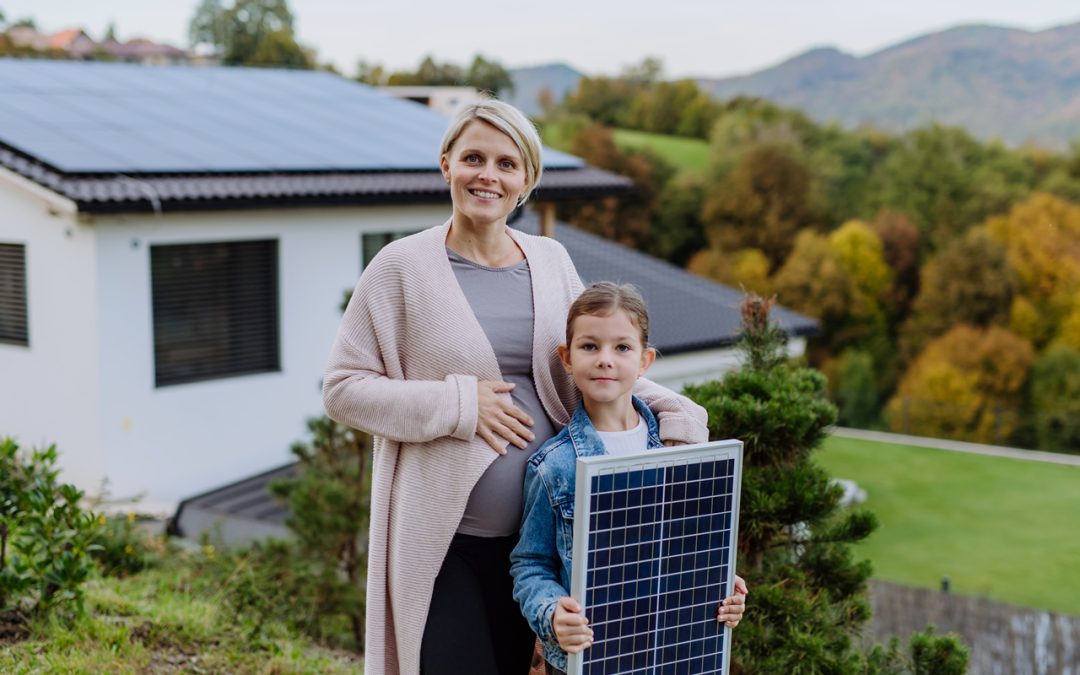When it comes to saving energy, there's no shortage of advice and tips. But not all of it is accurate, and some popular beliefs may lead you down the wrong path. In this article, we'll uncover and debunk 10 common energy-saving myths that you shouldn't believe. By separating fact from fiction, you can make informed decisions to reduce your energy consumption and environmental impact.
1. The Myth of Leaving Lights On
Debunking the “Lights On” Misconception
Many people believe that it's more energy-efficient to leave lights on constantly rather than turning them on and off. However, this is a common misconception. The extra energy used to keep lights on outweighs the brief surge of power needed to turn them on.
Energy-Efficient Lighting Alternatives
Switching to energy-efficient LED bulbs not only saves you money but also reduces energy consumption. LEDs use significantly less electricity than traditional incandescent bulbs and have a longer lifespan.
2. Phantom Power
Busting the Phantom Power Myth
Phantom power refers to the energy consumed by devices when they are in standby mode. While it's true that some devices draw small amounts of power when not in use, the overall impact on your energy bill is minimal.
Smart Power Strips as a Solution
Using smart power strips can help eliminate phantom power by cutting off power to devices when they're not in use. These strips can be programmed to turn off automatically, ensuring energy savings.
3. Turning Off Electronics
The Truth About Electronics and Power Savings
Many believe that turning off electronics when not in use is unnecessary because they continue to draw power. However, modern electronics are designed to be energy-efficient when turned off, and the energy consumption is negligible.
Energy-Efficient Electronics
When upgrading your electronics, look for Energy Star-certified products. These devices are designed to minimize energy consumption and reduce your carbon footprint.
4. Cranking Up the Thermostat
The Heating Myth: High Temperature vs. Efficiency
Raising the thermostat to a high temperature won't heat your home faster. It only results in increased energy consumption and a higher bill. Set your thermostat to a comfortable yet efficient temperature.
Optimal Temperature Settings
Consider a programmable thermostat that adjusts the temperature based on your schedule, saving energy when you're away or asleep.
5. Ceiling Fans and Cooling
Ceiling Fans: Efficiency vs. Misconception
Ceiling fans are often misunderstood when it comes to cooling. They don't lower the temperature in the room but create a wind-chill effect that makes you feel cooler.
Summer Cooling Strategies
Use ceiling fans in conjunction with air conditioning to distribute cool air more effectively and reduce the need for constant cooling.
6. The Dishwasher Debate
Dishwashers: Water vs. Handwashing
Contrary to the belief that handwashing dishes is more energy-efficient, dishwashers are generally the better choice. They use less water and energy when operated efficiently.
Energy-Efficient Dishwashers
Invest in an energy-efficient dishwasher with a high Energy Star rating for optimal savings.

7. The Myth of Keeping Vents Closed
The Reality of Closed Vents
Closing vents in unused rooms does not significantly improve energy efficiency and may disrupt the balance of your HVAC system.
Balancing Your HVAC System
Consult an HVAC professional to properly balance your system for maximum efficiency.
8. Energy-Efficient Windows
Windows and Energy Savings: A Clear Perspective
While energy-efficient windows can improve insulation, the cost of replacing all your windows may not justify the energy savings.
Investing in Energy-Efficient Windows
Consider upgrading windows gradually and focus on other energy-saving measures.
9. The Myth of Running Fans Continuously
Ceiling Fans: To Run or Not to Run
Running ceiling fans continuously in unoccupied rooms is not cost-effective. Fans cool people, not rooms.
Proper Ceiling Fan Usage
Use ceiling fans only when you're in the room to feel the cooling effect.
10. The Efficiency of Space Heaters
Space Heaters: Fact vs. Fiction
Space heaters can be energy-efficient when used correctly, but they should not be relied upon as the primary heating source.
Safely Using Space Heaters
Follow safety guidelines and use space heaters to supplement your central heating system.
Final Thoughts
In conclusion, debunking these 10 energy-saving myths reveals the importance of informed decision-making when it comes to reducing energy consumption. By separating fact from fiction, you can make practical choices that not only save you money but also contribute to a greener and more sustainable future.
FAQs (Frequently Asked Questions)
- Is it true that turning lights on and off frequently shortens their lifespan?
Modern LED lights are not significantly affected by frequent switching and are more energy-efficient.
- Can leaving electronics plugged in overnight lead to a substantial increase in energy bills?
No, the energy consumed by electronics in standby mode is usually minimal and won't significantly impact your bill.
- Should I always set my thermostat to the lowest temperature for maximum energy savings?
Setting your thermostat too low can lead to unnecessary energy consumption and discomfort. Opt for a reasonable temperature.
- Do ceiling fans consume a lot of electricity?
Ceiling fans are relatively energy-efficient and consume less electricity than air conditioners.
- Can space heaters be used as the primary heating source in a home?
Space heaters are best used as supplemental heating and should not replace a central heating system for your entire home.
By understanding the truth behind these energy-saving myths, you can make informed choices and work toward a more energy-efficient and eco-friendly lifestyle.

